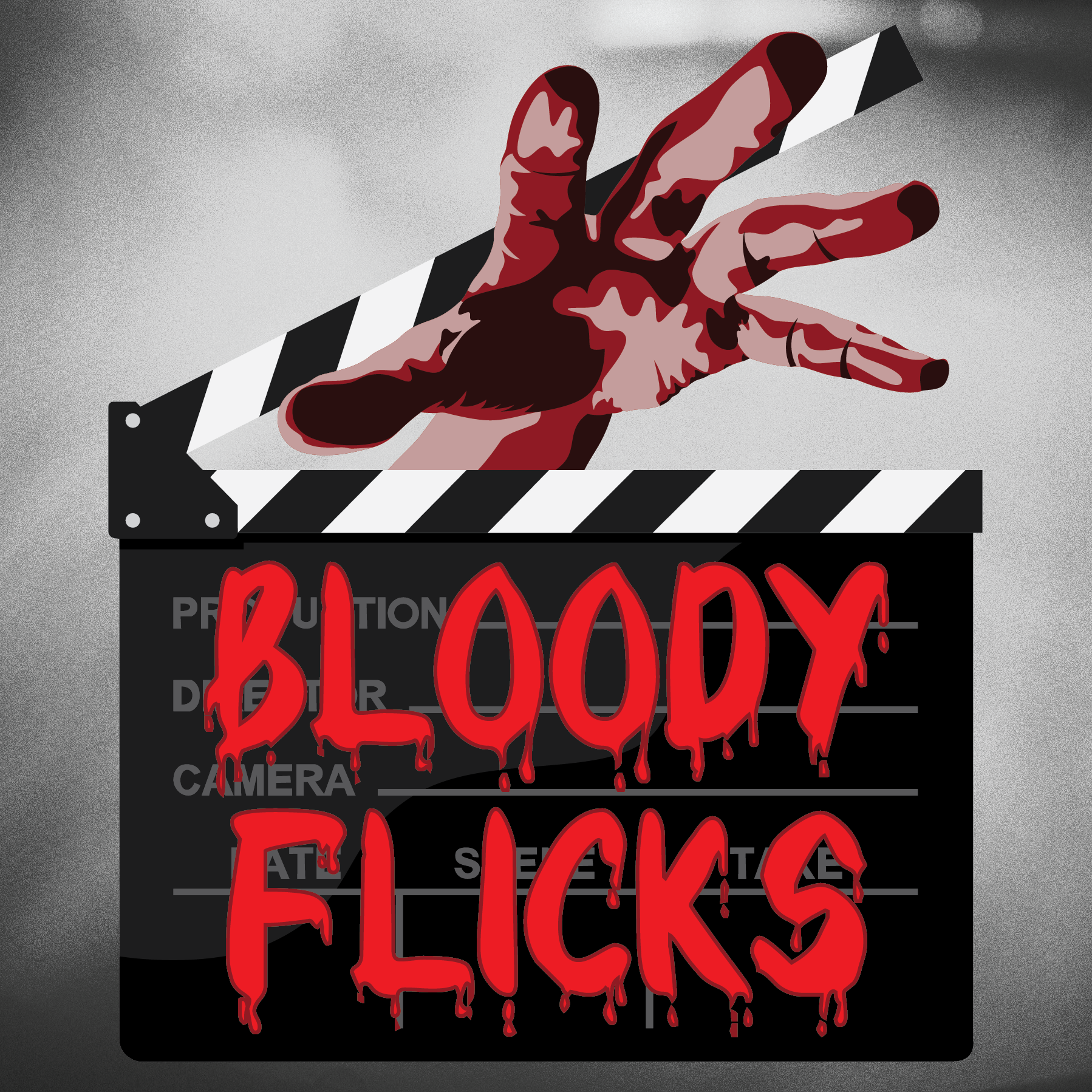
By Peter Harper
Film censor Enid (Niamh Alger) leaves nothing to chance and is extremely meticulous in her approach at reviewing and the censoring of Video Nasties so the British public aren’t subjected to such atrocities. The commitment to her role has made her somewhat of an outcast with her colleagues and her strained relationship with her parents is partly down to her career choice and the supposed death of her younger sister.
I’ve waited for a horror film to cover the subject of Video Nasties. The infamous underground horror films that gained notoriety in the 80’s for being almost snuff in subject matter and the only way you could grab a copy were under the counter video stores or bootleg. Their content were terrible and quality even worse, but that just added to the charm and demand. The horror genre, like heavy metal music was deemed evil, satanic, and responsible for every act of violence or criminal act going on in the world, so when Video Nasties went that one step further, things well and truly hit the fan.
Censorship went truly overboard and began cutting films to ribbons or banning them outright. This in fact caused an increase in demand, which ultimately created their infamy.
Enter British Director Prano Bailey-Bond. Creating an almost remake of her 2015 wonderful short film NASTY, the film explores familiar themes such as when; life imitates art and mass hysteria, especially driven from the media. Whereas NASTY as a short film was punchy and got straight to the point, CENSOR has the time to explore its characters in depth, especially Enid. Her story mainly revolves around the loss and trauma. Whilst reviewing and censoring a new film by a notorious film director, she becomes convinced the main actress is her sister who went missing as a child. Enid has always blamed herself for the disappearance due to the fact she can’t recall what happened, she basically blacked out. Her parents have silently blamed her also, which resulted in their barely amicable relationship. All this part of the story I found fascinating and a wonderful premise indeed. With the added inclusion of the always wonderful (Michael Smiley) who plays slimy film producer Doug Smart, this I thought was definitely up my street.
Unfortunately what the film is unable to capitalise on is its subject matter. It quickly becomes quite predictable and more the obsession of the missing sister than the ambiguous nature and mythology surrounding the Video Nasties themselves.
Granted the cinematography is to die for and colour pallet is quite stunning, but it certainly delves into more style over substance.
Niamh Alger is very good and Nicholas Burns steals every scene. The film looks great in parts and excels with a somewhat claustrophobic theme running throughout, but overall a film covering this subject matter should have been every horror fans dream, when in fact its unfortunately a little forgettable.


Hi, As someone who is old enough (gawd) to have been around at the time of the nasties furore and as someone with an interest in history (a degree in it, damn, what a waste), I just wanted to clarify that these weren’t “underground horror films that gained notoriety in the 80s for being almost snuff in subject matter”. They weren’t underground. Nearly all the supposed nasties were fairly mainstream horror films that had been released in cinemas around the world, just not the UK. And some had even been released in the UK in a censored form such as Zombie Flesh Eaters and Tenebrae.
Check the nasties listing on Wikipedia for confirmation. No underground films. There are NO films that were “almost snuff in subject matter”. To say so is to perpetuate the myth of the moralists that caused the panic in the first place. In fact, there are no proven commercially sold “snuff” films whatsoever as they are an urban myth (see a recent detailed article on Fangoria’s website).
And also, sadly, the film Censor also perpetuates myths and is woefully inaccurate. The BBFC were NOT censoring nasties in 1985 when the film is set. The nasties were banned in 1984 so the BBFC weren’t censoring them. And they certainly weren’t British (mostly Italian, Spanish and American).
Only films submitted to the BBFC could be censored and no nasties were resubmitted to well into the 1990s (again, Wikipedia will confirm this). Sadly, Censor plays up myths and younger people seem to believe all the inaccuracies in the film. Post the Wikipedia list of nasties and their status after your Censor review maybe so people can understand reality? Cheers, Adrian
LikeLike